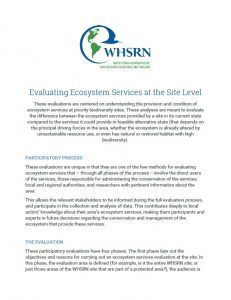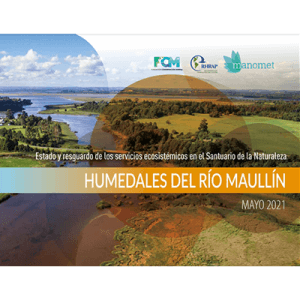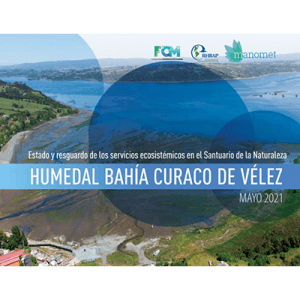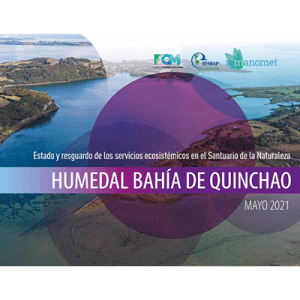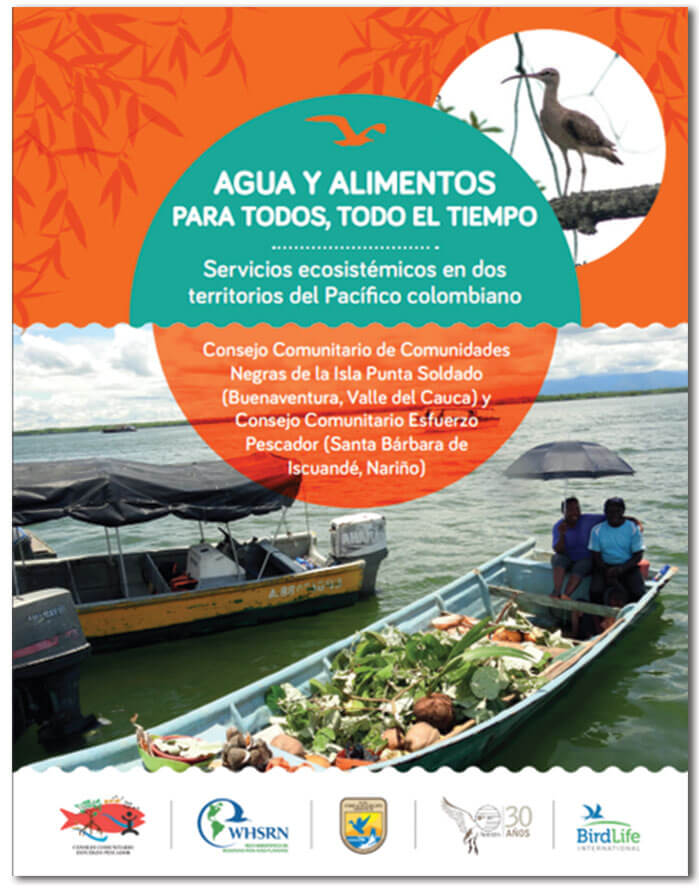Ecosystem Services
“Why should we care about conservation?”
There are few sites where the only priority or concern is the conservation of shorebird habitats. Integrating the needs of shorebirds with those of local communities can be key to effective site conservation. One way to achieve this is through building awareness and appreciation of the benefits and services provided by healthy ecosystems, or Ecosystem Services.
Healthy Ecosystems Benefit Human Well-being
Ecosystem Services are the natural benefits that people derive from intact ecosystems. They are broken into four categories: Provisioning Services are the products we obtain directly from the natural world. Regulating Services are the benefits we receive from the regulation of ecosystem processes. Cultural Services are the non-material benefits gained from human relationships with ecosystems, and Supporting Services are the fundamental processes to maintain basic ecological functions – all other ecosystem services rely on these supporting services.
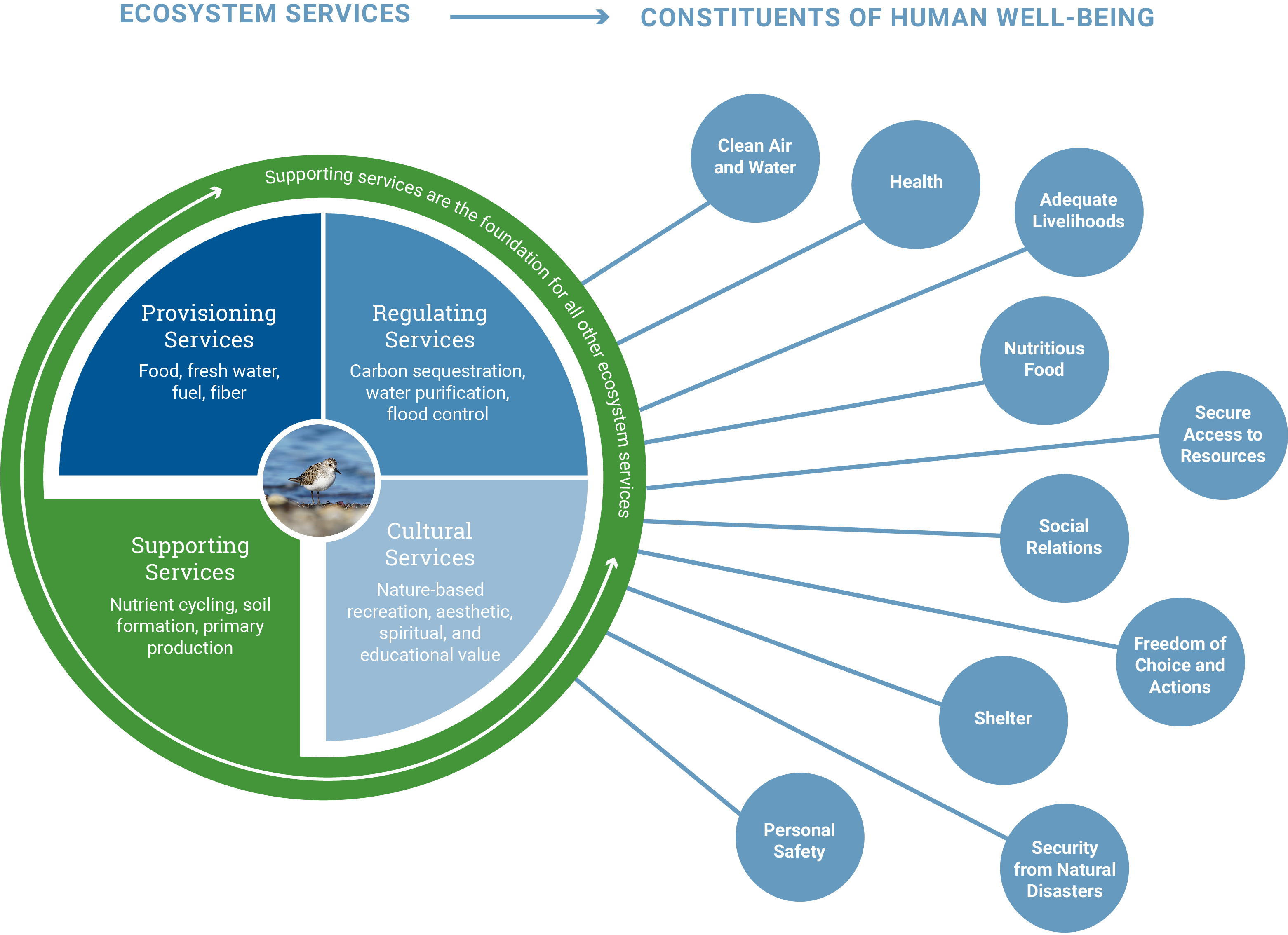
Why Assess Ecosystem Services?
As ecosystems are destroyed or degraded, so are the services they provide.
Evaluating and monitoring the state of different ecosystem services can improve environmental planning to benefit both the environment and human well-being. Investing in ecosystem services evaluation at your site can help with:
- Decision-making: Guide decision-making to support biodiversity conservation and the continued provision of ecosystem services.
- Management strategies: Identify and inform management strategies to maintain and improve economic sustainability and human well-being.
- New information about benefits: Generate additional information about the benefits of nature that are not often considered in traditional approaches to conservation
- Identifying Stakeholders: Identify the groups of people both involved in and affected by land use and management decisions, contributing to the fair and equal distribution of the benefits.
- Increased awareness and support: Provide information to help generate awareness and spur public and governmental support for the conservation of important biodiversity areas.
- Conservation arguments: Generate economic, cultural and social arguments for the conservation of important sites for biodiversity.
Examples of Ecosystem Service Assessments
- Working with WHSRN to assess Ecosystem Services
- Maullín and Chiloé, Chile Reports
- Iscuandé, Colombia report
(only available in Spanish)
Reports on “Status and Safeguarding of Ecosystem Services” for three Nature Sanctuaries: Wetlands of Maullín and Bahía Curaco de Vélez wetland and Bahía de Quinchao wetland, in Chiloé (Chile).
The information presented was constructed and validated through a participatory process, carried out during 2019 and 2020. The evaluation of ecosystem services and the proposed protection actions serve as a base input for the elaboration of the Management Plans in these three protected areas, which are of great importance for the wintering of Hudsonian Godwit (Limosa haemástica) in the Pacific migratory route of the Americas.
(only available in Spanish)
This publication collects the results of participatory ecosystem services assessments conducted in the Black Communities of Consejo Comunitario de Comunidades Negras de la Isla Punta Soldado – (Council of Black Communities of Punta Soldado Island (Buenaventura, Valle del Cauca) and Consejo Comunitario Esfuerzo Pescador (WHSRN site Delta del Rio Iscuandé, Nariño) in Colombia during 2019 and 2020.
The assessments contribute to the local community’s recognition of the benefits they receive from nature, and how the provision of those benefits is impacted by sea level rise and changing rainfall patterns due to climate change. It also provides the framework for the community to generate viable solutions to the problems caused by these impacts.
The process at this site was organized and facilitated by Asociación Calidris with support from the Executive Office of the Western Hemisphere Shorebird Reserve Network.
Site Support
The WHSRN Executive Office can help you assess ecosystem services at your site and build capacity for you and local partners to lead future evaluations and monitoring on your own. An inclusive, participatory process is used so that results consider diverse perspectives and are relevant for local decision making. This simple, low-cost method, with direct measurements from the field, will generate robust scientific information for decision-making.
For more information about conducting an Ecosystem Service Assessment at your site, contact Isadora.
Cover Photo: Sanderlings in flight. Photo: Monica Iglecia.
Page photos top to bottom: Asociación Calidris, Brad Winn.




